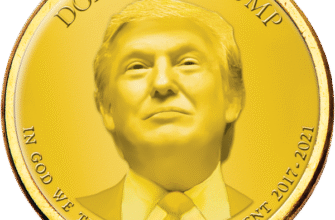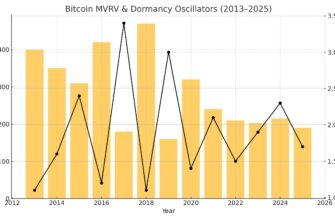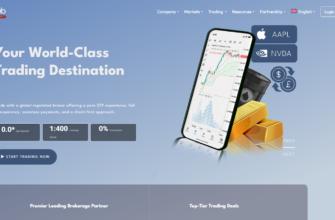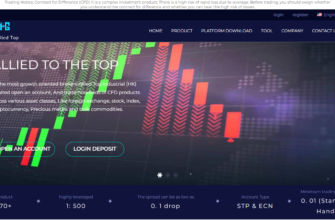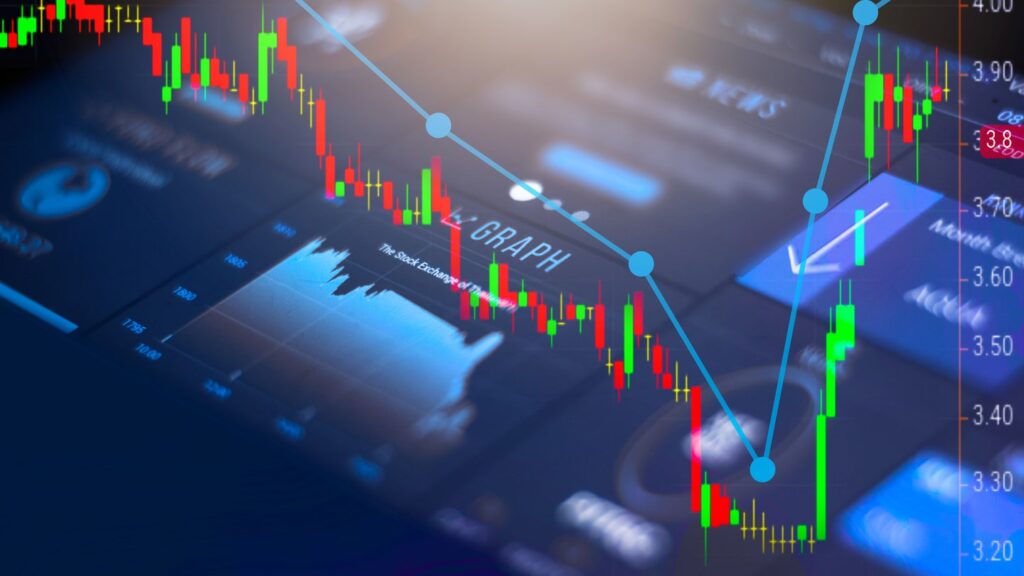
Forex Market Snapshot
The foreign-exchange market is the deepest and most liquid financial arena on earth. According to the 2022 BIS Triennial Survey, average daily turnover tops USD 7.5 trillion, dwarfing global equity and futures volumes combined. Liquidity follows a rolling 24-hour cycle—Sydney opens, Tokyo accelerates Asian flow, London bridges to Europe, and New York closes the day—making the market accessible for retail traders and corporates alike. High leverage (30:1 in the EU; up to 100:1 via offshore CFD brokers) attracts speculators, yet institutional flow still controls roughly 55 % of all transactions, ensuring tight pricing on the most active currency pairs.
| Region | Trading Session (UTC) | % of Global Volume | Key Features |
|---|---|---|---|
| Asia-Pacific | 22 : 00 – 09 : 00 | 21 % | Tokyo fix, AUD & JPY flows |
| Europe | 07 : 00 – 16 : 00 | 41 % | Highest liquidity, EUR & GBP price discovery |
| North America | 12 : 00 – 21 : 00 | 18 % | USD legs, New-York cut, option expiries |
| Rest of World | — | 20 % | Cross-session algorithmic flow |
Key Definitions & Terminology
Grasping forex jargon is essential before you place a single trade. A currency pair consists of a base currency and a quote currency; EUR/USD = 1.1130 means one euro costs 1.1130 U.S. dollars. Quotes are shown as bid/ask prices—the broker buys the base at the bid and sells at the ask. The difference, or spread, is your explicit trading cost. Price changes are measured in pips (0.0001 for most pairs; 0.01 for JPY crosses). Position sizing is expressed in lots: standard (100,000 units), mini (10,000), or micro (1,000). Leverage magnifies gains and losses, while swap (or rollover) credits or debits your account each night, reflecting interest-rate differentials. With a CFD (Contract for Difference) you don’t take delivery of currencies; you simply exchange the price difference—in cash—between entry and exit, enabling seamless long and short exposure.
A concise cheat-sheet before we trade:
| Term | Definition | Practical Note |
|---|---|---|
| Base Currency | First currency in a pair (EUR in EUR/USD) | Asset you buy/sell |
| Quote Currency | Second currency (USD in EUR/USD) | What the base is priced in |
| Bid / Ask | Broker buys / sells the base | Spread = Ask − Bid |
| Pip | 0.0001 for most pairs (0.01 for JPY) | 10 USD value on std lot EUR/USD |
| Lot | Trade size measure | 1 lot = 100 000 units |
| Swap / Rollover | Overnight interest credit/debit | Key for carry trades |
| CFD | Cash-settled derivative mirroring spot | Enables long/short with leverage |
Anatomy of a Currency Pair
Every quote reflects a real-time auction between buyers of one currency and sellers of another. Consider GBP/USD = 1.2740 / 1.2742. If you believe sterling will strengthen versus the dollar, you buy (go long) the pair at 1.2742. A one-pip move to 1.2743 equals USD 10 on a standard lot. Quotes are “direct” when they present foreign currency against your home tender (EUR/USD for Euro-area traders) and “indirect” when your local currency is base (USD/CAD for Canadians). Misunderstanding quote direction is a common source of hedging errors in CFD accounts.
Consider GBP/USD = 1.2740 / 1.2742:
| Action | Result | Cost Example |
|---|---|---|
| Go Long at 1.2742 | Buy GBP, sell USD | Spread = 0.0002 (2 pips) |
| Go Short at 1.2740 | Sell GBP, buy USD | Same 2-pip spread |
| 1-pip move on 1 lot | USD 100 profit/loss | (0.0001 × 100 000) |
Quotes are “direct” if the trader’s domestic currency is on the quote side; “indirect” if on the base side. Correct orientation prevents hedge mismatches in multi-pair CFD portfolios.
Majors, Minors & Exotics Explained
Major pairs—EUR/USD, USD/JPY, GBP/USD, USD/CHF, AUD/USD, USD/CAD, NZD/USD—capture roughly 80 % of global volume, translating to sub-one-pip spreads during normal liquidity. Minors or crosses (EUR/GBP, EUR/JPY) exclude the U.S. dollar and typically cost two to four pips. Exotics pair a major with an emerging-market currency—USD/TRY, USD/ZAR, EUR/PLN—and can trade 10-to-50-pip spreads with high overnight swaps. Liquidity risk escalates as you move from majors to exotics, so position sizing and timing become critical when trading CFDs on thin pairs.
| Category | Typical ECN Spread* | Daily Range (pips) | Main Drivers |
|---|---|---|---|
| Majors EUR/USD, USD/JPY, GBP/USD, AUD/USD | 0.1 – 1.2 | 50 – 90 | G10 monetary policy, risk sentiment |
| Minors / Crosses EUR/GBP, EUR/JPY, GBP/JPY | 2 – 4 | 60 – 120 | Relative central-bank divergence |
| Exotics USD/TRY, USD/ZAR, EUR/PLN | 10 – 50 | 150 – 400 | EM politics, commodity shocks |
*Spreads widen sharply during news; CFD brokers may add mark-ups.
Economic Forces Driving FX Prices
Foreign-exchange rates obey macro fundamentals and global risk sentiment. Interest-rate differentials are the primary driver: a surprise rate hike by the Federal Reserve often lifts USD across the board. Inflation data sway central-bank outlooks—hot CPI without a policy response usually deflates the currency. Commodity cycles anchor resource exporters; for instance, rising crude typically props up the Canadian dollar, pushing USD/CAD lower. In risk-off episodes (bank failures, geopolitical shocks) money migrates into safe-haven currencies such as JPY and CHF, while EM exotics crumble. Traders armed with an economic calendar and basic inter-market correlations can anticipate these flows and adjust CFD positions ahead of key releases.
| Macro Driver | Bullish for Currency | Bearish for Currency | Example |
|---|---|---|---|
| Rate Hike Surprise | Higher yields attract capital | — | Fed +25 bp → USD gains |
| Inflation Overshoot | — | Central bank lags inflation | EU CPI hot, ECB dovish → EUR falls |
| Commodity Rally | Exporter FX rises | Importer FX weakens | Oil ↑ → CAD ↑ vs JPY |
| Risk-Off Sentiment | JPY, CHF, USD bid | EM FX dumped | S&P −3 % → USD/JPY ↓ |
| Political Turmoil | — | Local currency sells off | Brexit vote → GBP/USD −18 % |
Trading Instruments: Spot vs CFD vs Futures
Spot FX involves rolling over positions every two business days, incurring swaps. CFDs on currency pairs replicate spot pricing but settle in cash, allowing fractional lot sizes (0.01) and in-ticket stop-loss orders—ideal for small accounts. Exchange-traded FX futures, by contrast, carry fixed contract sizes (EUR/USD future = €125,000) and require span margin set by the CME. While institutional desks may prefer futures for clearing-house credit, retail traders gravitate to CFDs for lower capital entry and the ability to take both long and short swaps with a single click.
| Feature | Spot FX | CFD on FX | FX Futures |
|---|---|---|---|
| Delivery | Rolling T+2 | Cash settlement | Quarterly expiry |
| Typical Leverage | 1 : 1 (interbank) 30 : 1 retail EU | Up to 100 : 1 | Exchange margin (~20 : 1) |
| Trading Hours | 24 / 5 | 24 / 5 | Exchange hours |
| Fees | Spread, swap | Spread + commission | Exchange + broker |
| Best For | Banks, corporates | Retail/spec, hedgers | Institutions needing central clearing |
CFDs marry spot-like pricing with flexible lot sizes (0.01) and built-in shorting—ideal for retail accounts under USD 10 000.
Popular Trading Strategies
Scalpers hunt 3-to-10-pip moves on EUR/USD using depth-of-market ladders and millisecond execution. Breakout traders mark Asian-session highs and buy upside breaches at the London open, confirming momentum with volume. Carry-trade enthusiasts finance low-yield currencies like JPY to buy high-yield counterparts such as MXN, capturing positive swap through their CFD broker—provided volatility remains benign. Mean-reversion specialists fade over-extended crosses (EUR/GBP, AUD/NZD) when RSI signals >70 or <30, and news traders deploy straddles around high-impact prints (NFP, FOMC), exiting within minutes of the release.
| Strategy | Time-Frame | Primary Tools | Target Spread | Risk Note |
|---|---|---|---|---|
| Scalping | 1–5 min | DOM, VWAP | ≤ 0.5 pip | Needs <50 ms latency |
| Breakout | London open | Asian-session range, BBANDS | ≤ 1 pip | False breaks common |
| Carry Trade | Days – months | Swap table, yield curve | Spread <3 pips | Vol crush required |
| Mean Reversion | 30 min – 4 h | RSI, Bollinger Bands | ≤ 2 pips | Avoid data releases |
| News Straddle | 5 min pre-event | Calendar, options delta | Variable | Spreads can 10× |
Risk Management & Position Sizing
Successful traders obsess over downside. Employ a 2 % rule: never risk more than two percent of account equity per position. Calculate lot size by dividing intended dollar risk by the pip distance to your stop. Maintain correlation awareness; doubling up on USD longs can sink an account when the dollar mean-reverts. Ahead of major events—central-bank decisions, geopolitical votes—consider lowering leverage or closing CFD trades entirely; spreads can widen tenfold and slippage can bypass stops. Finally, monitor swap tables: exotic shorts like USD/TRY may cost USD 60 per standard lot every night, quickly eroding swing-trade profits.
| Step | Formula / Rule | Example (USD 10 000 acct) |
|---|---|---|
| Risk per trade | 2 % equity | Max risk = USD 200 |
| Lot size | Risk ÷ (Stop pips × pip value) | Stop = 20 pips → 1 lot EUR/USD = USD 10/pip ⇒ 1 lot × 20 = 200 |
| Correlation filter | Avoid over-weighting same currency | Long EUR/USD + Long GBP/USD doubles USD short |
| News blackout | Flat or half-size before NFP | Spread/spike protection |
| Swap awareness | Check broker table | Short USD/TRY costs ≈ USD 60/lot/night |
Trading Platforms, Costs & Regulation
Choose an ECN broker for raw spreads plus commission (USD 5–7 per lot) or a market-maker for zero-commission but wider spreads. Verify where the broker is regulated—FCA (UK), ASIC (Australia), CySEC (EU)—and whether negative-balance protection applies. Execution speed matters: sub-100 ms round-trip latency is essential for scalping. Most professional setups employ a VPS colocated near broker servers to minimise delay. Hidden costs lurk beyond the spread—overnight financing, inactivity fees, and data subscriptions—so audit the full fee sheet before funding an account.
| Broker Type | Spread | Commission | Leverage | Regulator |
|---|---|---|---|---|
| ECN | 0.0–0.3 pip | USD 5-7 / lot | 30:1 (EU) | FCA, ASIC, CySEC |
| Market-maker | 1–2 pips | None | 30:1 | NFA, BaFin |
| Offshore ECN (CFD) | 0.2–0.5 pip | USD 6 / lot | 100:1+ | Unregulated / FSA-SVG |
Hidden costs include overnight financing, withdrawal fees, and inactivity penalties; audit the full fee schedule before funding.
Advanced FAQ
What is a CFD on currency pairs?
A Contract for Difference tracks the spot exchange rate and settles the profit or loss in your account currency, allowing you to speculate long or short without owning the underlying money.
Why do spreads widen during news events?
Liquidity providers pull quotes when uncertainty spikes, forcing brokers to widen spreads to match available depth, which temporarily raises trading costs for both spot and CFD traders.
How does swap affect long-term CFD trades?
Positive swap credits carry-traders daily; negative swap debits can erode gains on positions held more than a few days. Always consult your broker’s swap schedule before committing capital.

